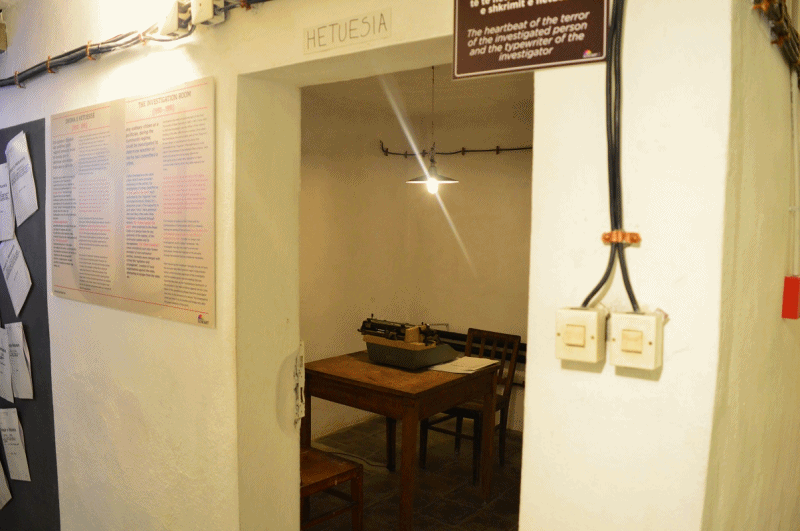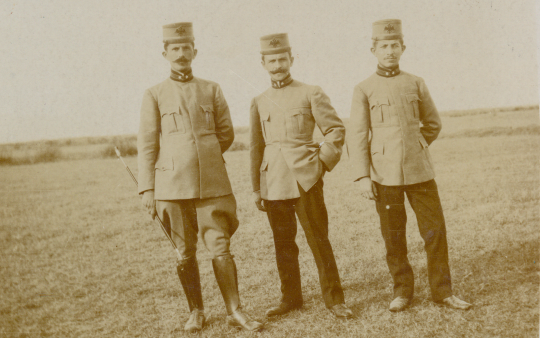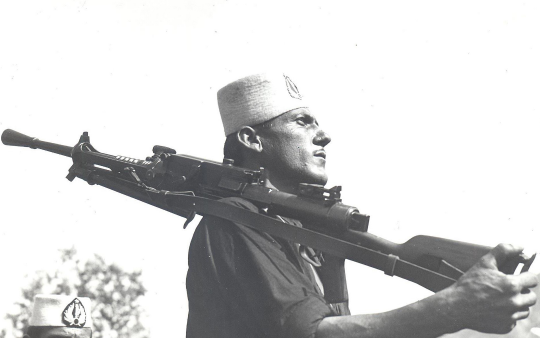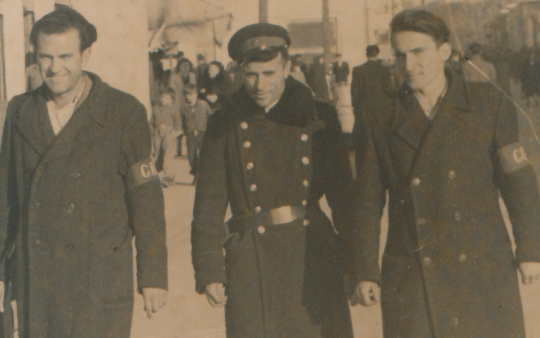Investigation Room
Any ordinary citizen or a politician, during the communist regime, could be investigated to determine whether or not he had committed a crime.
Unlike investigations into usual crimes (which were entrusted exclusively to the police), the investigation of crimes classified as “crimes against the state” were performed by the “Sigurimi” and accompanied almost always by a preventive arrest of the suspects: in such cases “facts” were gathered later and they often were false, fraudulent or obtained through torture. The “crimes against the state” were predicted in the Penal Code or in special laws for any opponent of the regime, of the communist system and its management. The “state’s enemies” (were considered such also former members of non-communist parties), normally were charged with crimes like “agitation and propaganda”, creation of local organizations against the state, attempting to escape from the state, etc.
Investigation has been a functional part of the First Directorate of State Security in 1950 – 1974. From 1974 to 1983 the investigator was an officer of the Interior Ministry, while after 1983 he was a civilian. Even when the investigator was not formally part of the “Sigurimi”, he was always a loyal person of the party and connected to the “Sigurimi”. The investigation took place in the premises of the internal affairs branch, dark places and away from curios eyes, where the defendants were occasionally subjected to harsh questionnaires during which they were regularly tortured.
At different periods, during the years of the regime except tortures, during the investigation, have occurred even sex abuse on women. In the 60s there were out even orders to prevent these occasions. One of these orders, no. 01-15 dated 01.08.1966, paragraph 2, prohibited the questioning of women without being a third person present in the office of the investigator. The cases of the raped women are proved by the documents in this room.
The Institute of Studies of the Crimes and the Consequences of Communism (ISCCC) in Albania hearing the stories of the survivors, has compiled a list of 35 different types of tortures used (this list is exposed in this room). In order to conduct the investigations and to collect “evidences” the investigator had also the right to servile and interrogate friends and relatives of the accused, through the method that he considered necessary.
After receiving the “evidence” through the use of force, the accused was often forced to read a long process verbal, which included questions of the investigator and the answers given and the reading that was recorded was seen as the “spontaneous testimony” of the accused in the main evidence against him at a trial. None of the questioning phases from the investigator was done in the presence of a lawyer. The investigation could last from 3 to 24 months and ended only after the given sentence of the court.













